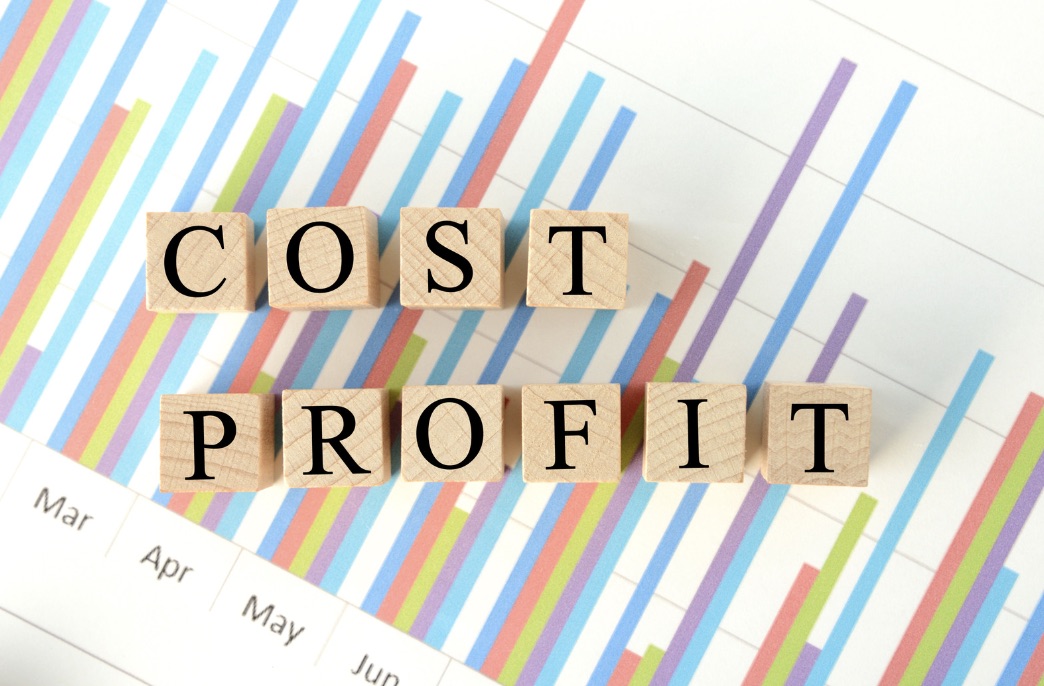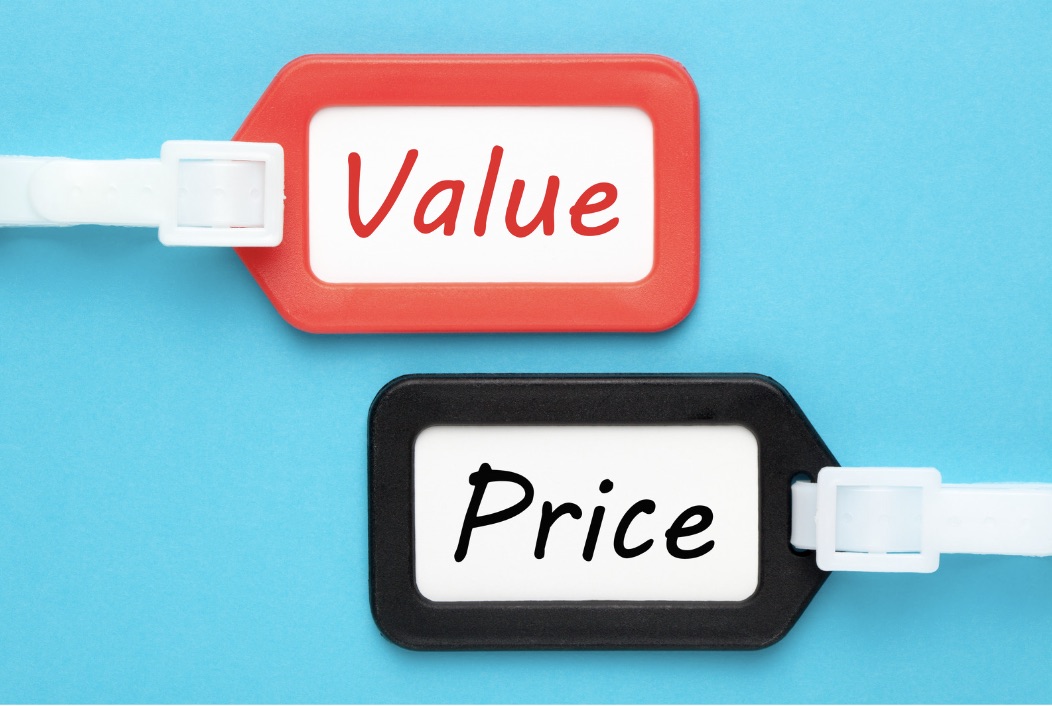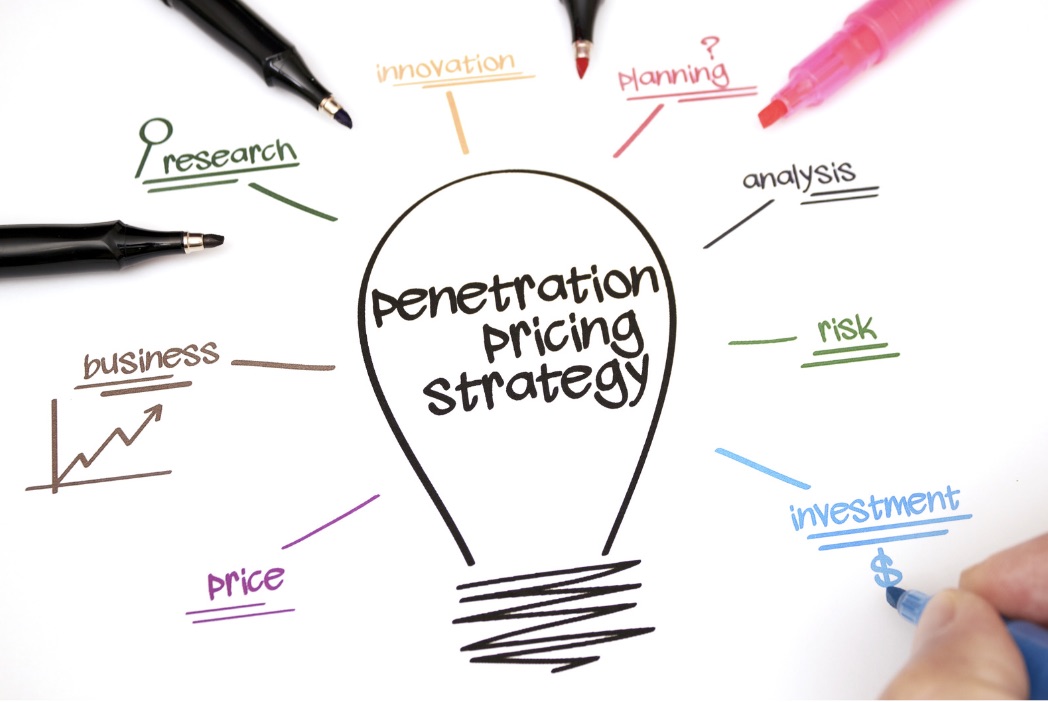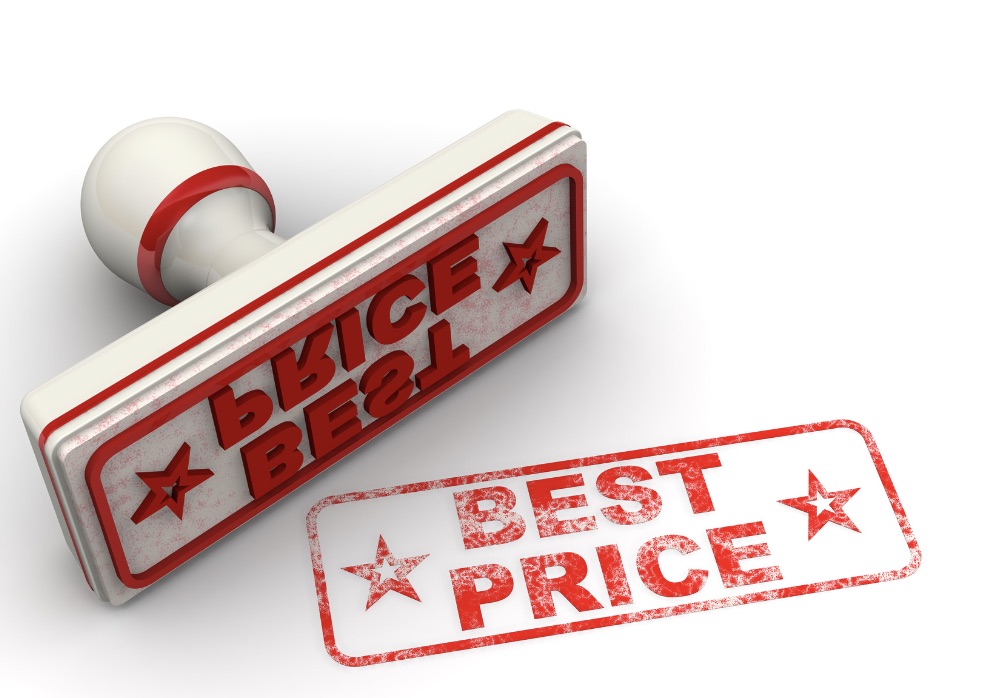Why Pricing
Strategies in Marketing are Important
Pricing strategies in marketing are the most important ingredients your business will ever need to survive, grow and thrive!
I firmly believe that a well-crafted and aligned pricing strategy is one of the best tools for your business. Having a well-crafted and aligned pricing strategy is certainly the way to go because it’s the foundation for a profitable business and it improves the quality of your brand.
Choosing the ideal price for your product or service can be a bit of a challenge as you must understand the industry or niche you’re in, your target customers and be very specific when setting your objectives.

The first thing to note is that the prices you set will surely have an impact on customers’ behaviour. Customers have the choice to decide if to purchase your product/service based on the value and benefits they can gain from it.
If your customers view your product/service as high value or top quality, then they will certainly have no problem with paying a premium price.
The best pricing strategies in marketing generates high profits which in turn leads to growth and expansion. I truly believe it’s extremely important to spend adequate time on crafting and perfecting your pricing strategies as it determines how profitable your business will be.

5
Common Types of Pricing Strategies in Marketing you can Explore
1. Cost-Plus Pricing
This type of pricing strategy is pretty straightforward. It’s basically adding a markup to your production cost to determine your selling price. This ensures that your business is able to cover its cost and most importantly, make a profit.

While this type of strategy may be simple, I must mention that it doesn’t guarantee that customers will certainly be willing to pay for your product and it also doesn’t take into account the pricing methods of your competitors.
2. Value-Based Pricing
Value-based pricing strategy is where the price is set based on the amount of value that the product/service can deliver to its customers. This type of pricing strategy is one of the more thorough pricing strategies in marketing. This is because it’s based on the customers’ perception and trust together with the production cost and the pricing methods used by competitors.

How to develop a value-based pricing strategy?
Here’s how:
Take the time to get to know, study and understand your target customers, understand their wants, needs, preferences, interests and values. Applying this method will help you to determine their willingness to buy your product/service.
3. Penetration Pricing
So if you’re new to the market, you can price your product/service lower than your competitors to generate business growth. This strategy can be explored if you’re launching a new product/service into the market. Also, it helps with building a customer base and customer relationships where your brand can eventually become well-established.

When you have achieved business growth, built a solid customer base and your brand becomes established, you can then seek to gradually increase your price.
4. Premium Pricing
This is one of the pricing strategies in marketing that is very ideal for businesses that offer high-end products or services. Premium pricing involves setting your prices higher than your competitors to attract customers who are willing to pay more for high quality and value.

A perfect example is one of my favourite brands Apple. It’s no secret that Apple’s products are expensive because their products are the best in the technological market, not to mention, the amazing unique and innovative features that comes with them.
5. Market Demand Pricing
This pricing strategy involves setting the price based on customer patterns and behaviour, market demand and seasonality. It’s quite common in the travel industry where the prices for hotel accommodations and flights change according to the demand and the time of the year.

It’s one of the pricing strategies in marketing you can capitalize on during the peak season when the demand is high. For instance, hotels, villas and Airbnb’s normally raise their rates during the peak season so that they can earn as much revenue as possible. On the other hand, when it’s low or off-season, they lower their rates because the demand is low as less people are travelling.
Let’s move on to what you need to know when selecting which pricing strategies to implement for your business.
5 Key Ingredients for Choosing your Pricing Strategies in Marketing
1. Understand your Target Customers and the Market
First thing first, before you even develop your pricing strategies, study and understand your target customers. Then, determine how much your target customers are willing to pay.
Another point to note is that one of the best ways to develop a competitive edge is to analyse your competitors. Pay attention to the areas they fall short in and then determine what makes your product/service unique or different.

Understanding the expectations of your target customers and the market you’re in will help to develop the ideal pricing strategies for your business. If for example, your target customers expect value and quality, then the ideal pricing strategy you can use is value-based pricing.
Always ensure that the pricing strategies you choose are aligned with customers’ wants, needs and preferences.
2. Identify and Understand your Costs
Another key ingredient in selecting the best pricing strategies in marketing is to know and understand how to manage your costs. This involves the cost of developing or acquiring your product/service together with the costs associated with advertising, promotion, distribution and your customer service processes.

Always keep in mind that the pricing strategies you choose for your business, depends on the costs of your product/service, your target profits and ROI (return on investment).
3. Select the Best Pricing Strategy
Selecting the best pricing strategy is interconnected with the first point: understanding your target customers and the market you’re in. I mentioned earlier that there are various types of pricing strategies such as: cost-plus, value-based, penetration, premium and market demand. Now, each pricing strategy has its pros and cons. So, you may be wondering which one of these strategies is the best one for your business.
Always remember that the best pricing strategies in marketing depends on your: target customers, their buying patterns, expectations, behaviour, preferences, your competitor pricing and of course, market conditions.

Once you understand and assess each of these factors, you’ll definitely be able to choose the best pricing strategy for your business.
4. Test and Refine
Always test and refine your pricing strategy while monitoring to determine if it’s effective or not.
This can be done by paying attention to your sales, profit margins, feedback from your customers and market conditions such as trends and patterns. If for example, your sales are falling short of your sales target, you may need to review your prices, conduct some market research or even refine your marketing activities.

5. Communicate it Clearly
Once you have your pricing strategy set in motion, it’s important that it’s communicated clearly to your target market. Also, never shy away from including your prices on your website or retail store and always ensure that all pricing details are clear and specific.
In addition to that, any price changes must be communicated in a clear and timely manner as this helps to facilitate a level of professionalism and credibility in the eyes of your customers.

Choosing the best pricing strategies in marketing involves having a thorough understanding of your target customers, the market you’re in and assessing your competitors.
Understanding and analysing these areas together with knowing and applying the key ingredients you need when selecting a pricing strategy, will definitely help pave the way for your business to grow.

The magic ingredient is to always remember to align your pricing strategy with the expectations and needs of your target market while delivering value. Once you execute this concept, you’re good to go!

- Marketing
- Sales and Marketing
- Pricing Strategies in Marketing